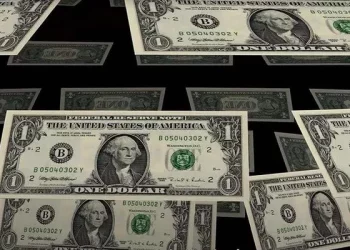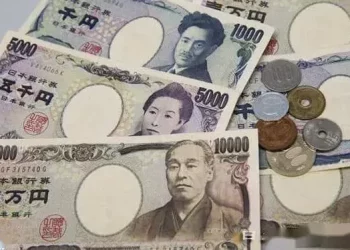In European trade on Tuesday (Oct 25), / moved sideways to trade at 148.91, down 0.11%.
That question is hanging over international financial markets.
At present, adhering to the loose is suffering from internal and external pressure, the Japanese exchange bond market volatility.
Japan’s 10-year government bond yield has “broken” several times in recent days, rising above the 0.25 per cent ceiling.
On October 24th the yield on 30-year Japanese government bonds rose to 1.635%, the highest since October 2014.
The yield on Japan’s 20-year government bond rose to 1.245 per cent, its highest since July 2015.
On Oct. 28, the BOJ will release its decision and outlook report.
In the current internal and external difficulties, the Bank of Japan‘s every move is closely watched.
The industry believes that the BOJ will not abandon the YCC policy framework in the short term, because the adjustment within the YCC framework will be seen as a tightening signal, which may trigger a “global financial market storm”. Under the BOJ’s covert intervention, USD/JPY remained below 149.00, falling to the lowest level in 32 years.
Japanese importers were hit hard.

























